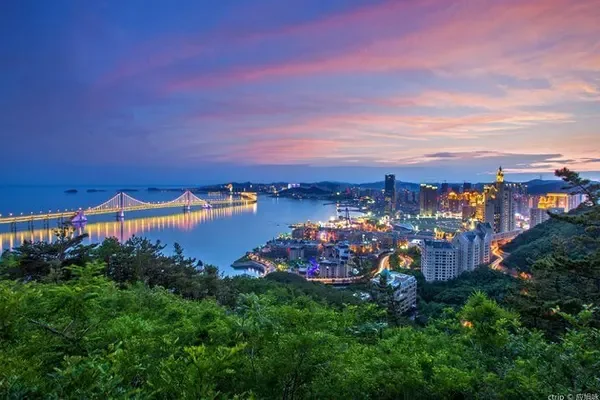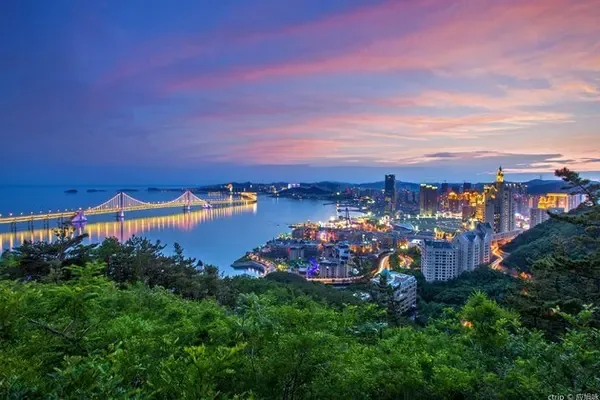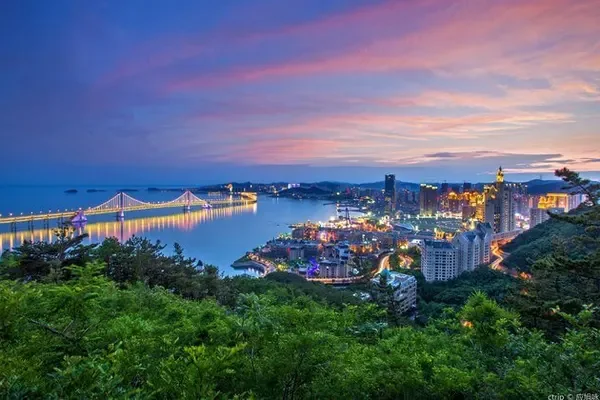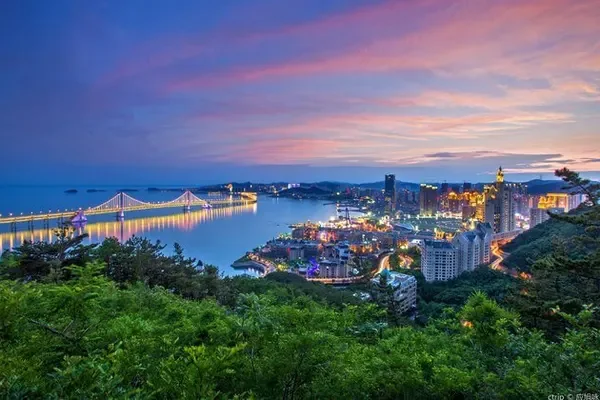Guyuan City in Ningxia has been famous since ancient times. It is the only way on the ancient Silk Road, and it is the place where poetry and etiquette are taught.

As the southern gate of Ningxia, Guyuan City is home to many places of interest and natural beauty. The Danxia scenery represented by Xiji Huoshi Village and the Buddhist and Taoist culture represented by Mount Sumeru make this tourist route a classic tourist route in southern Ningxia.
Xiji Huoshi Village is more than 20 kilometers away from Mount Sumeru Scenic Area, with a small span in between, which is suitable for tourists to travel for leisure and sightseeing. Enter Xiji County from Guyuan via Xigu Expressway, first enter Huoshizhai Scenic Area, and start a journey to cleanse the heart and nourish the lungs.

Xiji Huoshizhai Scenic Spot is famous for its four wonders of "dangerous peaks, strange rocks, grottoes, and lush trees". The forest vegetation here is lush, the content of negative oxygen ions is high, the air is fresh and far away from the city, and the existence of Danxia Mountain makes it even more unique, and it is a rare tourist attraction in the surrounding areas.

Huoshizhai Scenic Area has natural landscapes such as Yuntai Mountain, Birch Forest, Lover's Valley, and Pictograph Mountain, as well as cultural landscapes such as Muke Village and Cliff Grottoes. At the same time, the high-altitude glass suspension bridge and zipline built by using the natural terrain in the scenic area add a fun to the natural scenery and make the tour vivid.

After summer, Huoshi Village always feels like spring. The gentle sunshine, the blue sky, the white clouds, the red danxia, the green forest, the wild flowers, and some unknown birds sing a song, which expresses the liveliness and vividness of spring. breathtaking. Coming to Huoshizhai in summer can always give people some unexpected surprises.

After visiting Huoshizhai, drive to the north about 20 miles, and you can reach another 4A-level scenic spot, Xumi Mountain.
Mount Sumeru - It is located at the northern end of Liupan Mountain in Ningxia, on the north bank of Sikouzi River 55 kilometers northwest of Yuanzhou District, Guyuan City. In this area, the Guanshan confronts each other, the mouth of the gorge is narrow, the gullies are deep and dangerous, and the strange peaks are towering.

In ancient times, the Sikouzi River at the foot of the mountain was called Shimen Water. Shimen Pass was set up on the water, which became an important channel in the eastern section of the Silk Road. Today, the site of the pass has disappeared, but the grottoes distributed on the eight cliffs are still full of artistic brilliance.
Mount Sumeru is a scenic spot with more than one hundred grottoes.

Mount Sumeru Grottoes is one of the top ten grottoes in China. The grottoes were first dug in the Northern Wei Dynasty, more than 1,400 years ago. One of the top ten grottoes in the country. The Xumishan Grottoes were first built in the Northern Wei Dynasty. After the Western Wei Dynasty, Northern Zhou Dynasty, Sui Dynasty, Tang Dynasty and other dynasties, the Grottoes were continuously added, and later repaired and heavy makeup, forming today's Big Buddha Six, Children and Sun Palace, Yuanguang Temple, Xiangguo Temple, Peach Blossom Cave, Songshuwa, Three caves, Heishigou and other eight scenic spots. Like the famous Dunhuang, Yungang and Longmen Grottoes at home and abroad, it is a treasure of ancient Chinese cultural heritage.

Huoshizhai and Mount Xumi are not far apart, both have natural scenery and ancient grottoes, among which Huoshizhai has more natural scenery, and Mount Xumi focuses more on grotto culture. The combination of the two has made a classic one-day tour of Guyuan. In summer, the temperature here is not high, the scenery is cool and pleasant, and it is an unmissable tourist route in Ningxia in summer.



